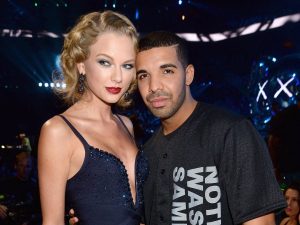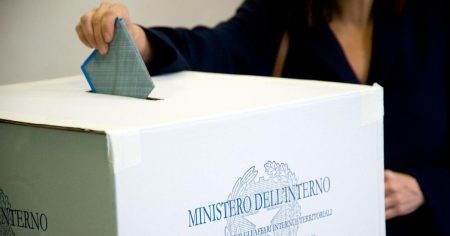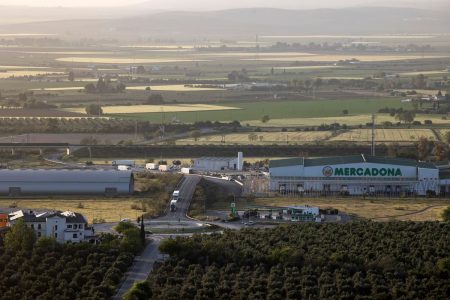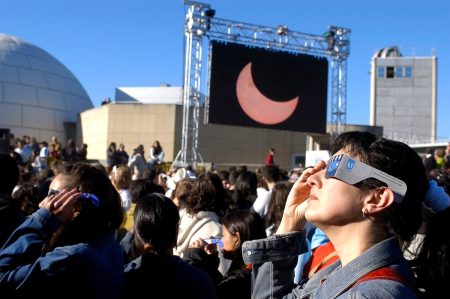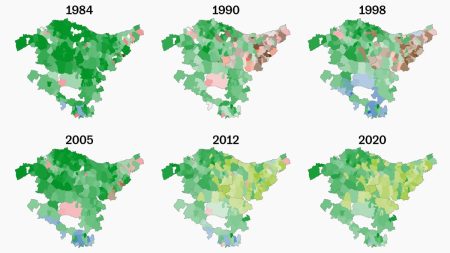Juan Carlos C. T., also known as Snoopy, has always been on the radar of the police in El Puerto de Santa María, since he was convicted of drug trafficking back in 2006. He managed to avoid being implicated in recent hashish smuggling incidents, probably because his role was more focused on “financing and directing”, as suspected by the local police station. However, he was eventually arrested for allegedly laundering money from drug proceeds through illegal villas, vehicles, and even a boat, while living in a social housing rental due to his supposed lack of economic resources and employment.
Snoopy was arrested in the operation called Beagle – named after the popular comic strip dog – along with three more family members, accused of acting as frontmen for the drug dealer. Together, they accumulated cars, properties, and bank accounts worth 2.5 million euros that investigators have asked the judicial authorities to seize. The police in Cádiz have stated that Juan Carlos alone is attributed with a fortune close to a million euros. This financial success and high standard of living starkly contrast with the poverty and lack of resources that Snoopy officially claimed to live in.
The police had been monitoring suspicious money laundering activities since the end of 2022. A few months later, in May of last year, investigators discovered that Snoopy was in the process of building a second house on rural land in a sought-after area of villas with gardens in El Puerto known as Fuentebravía. In this case, he enlisted a family member to act as the promoter and a construction company from Málaga, which is now also under investigation.
Juan Carlos C. T. and the other three family members, who have all been released with charges, are being investigated for money laundering from drug trafficking, as well as other crimes such as unauthorized construction of homes on rural land and electricity theft for illegally supplying electricity to one of the villas. The investigators do not rule out the possibility of more arrests as the operation is still ongoing, with more properties to be analyzed.
Snoopy, 47, has been a well-known figure to the police since the early 2000s when he was arrested for drug trafficking, for which he was convicted in March 2006. He has been involved in various illegal activities, including theft of motorcycles and drug trafficking, although he was not considered a major player. Over the years, his involvement in the drug trade has progressed, resulting in his recent arrest and the discovery of his million-dollar assets. It seems that he has managed to prosper, as stated by a source familiar with his history.
Overall, Snoopy’s arrest in the Operation Beagle for money laundering activities, along with his family members, has shed light on his hidden wealth and illegal activities. Despite living in a social housing rental due to his apparent lack of resources, he managed to accumulate a significant fortune through illicit means, including unauthorized construction of villas and illegal electricity connections. The ongoing investigation may lead to further arrests and uncover more assets linked to his criminal activities.




